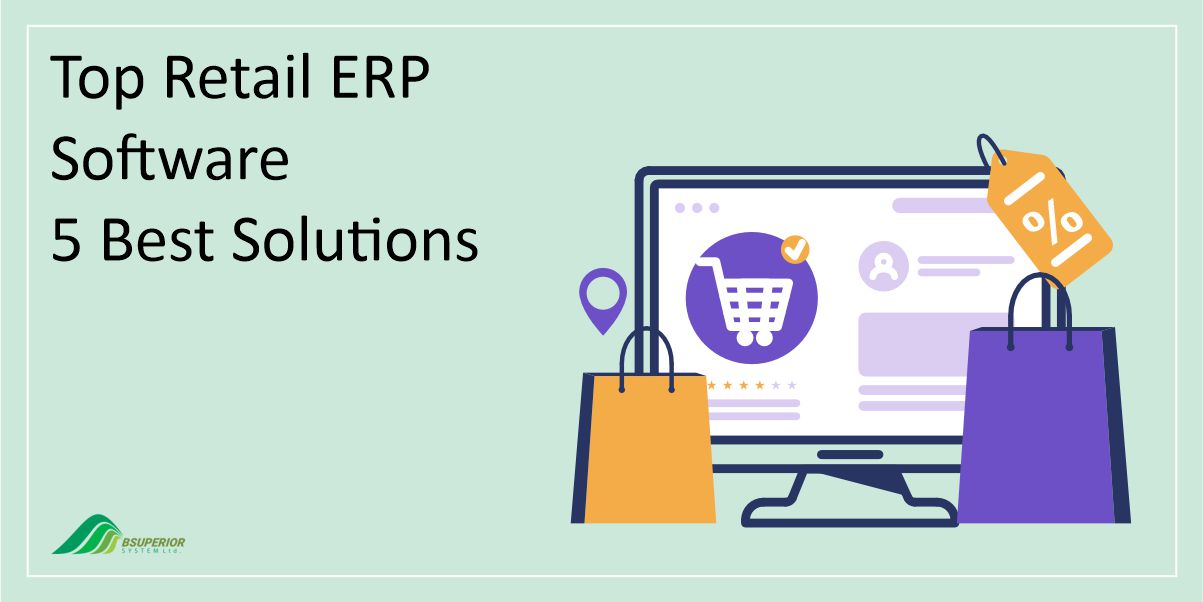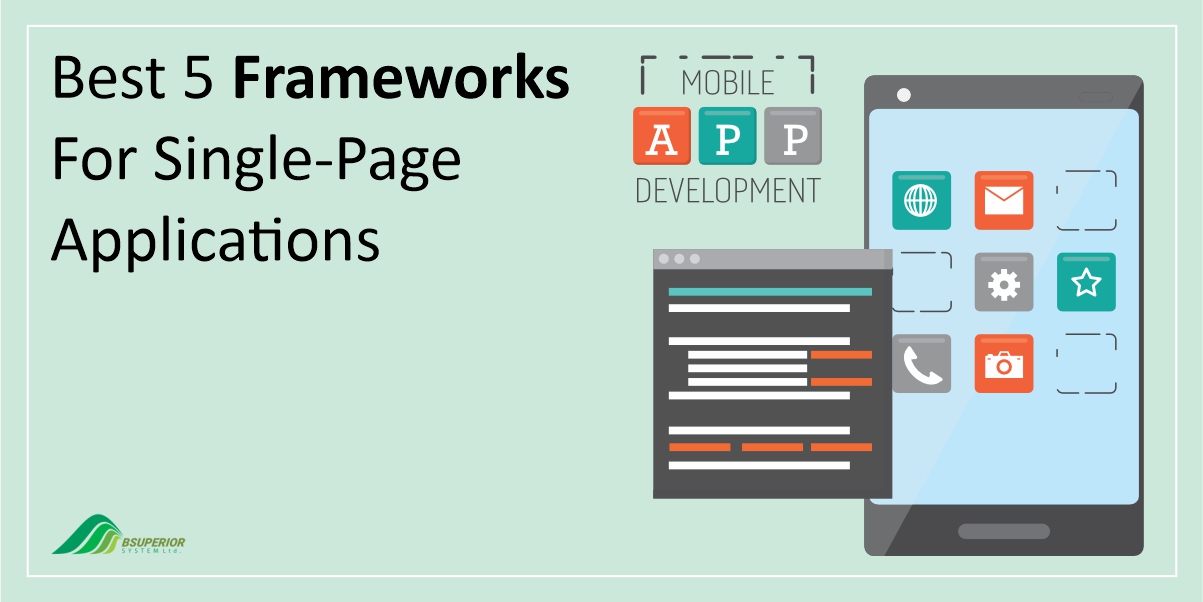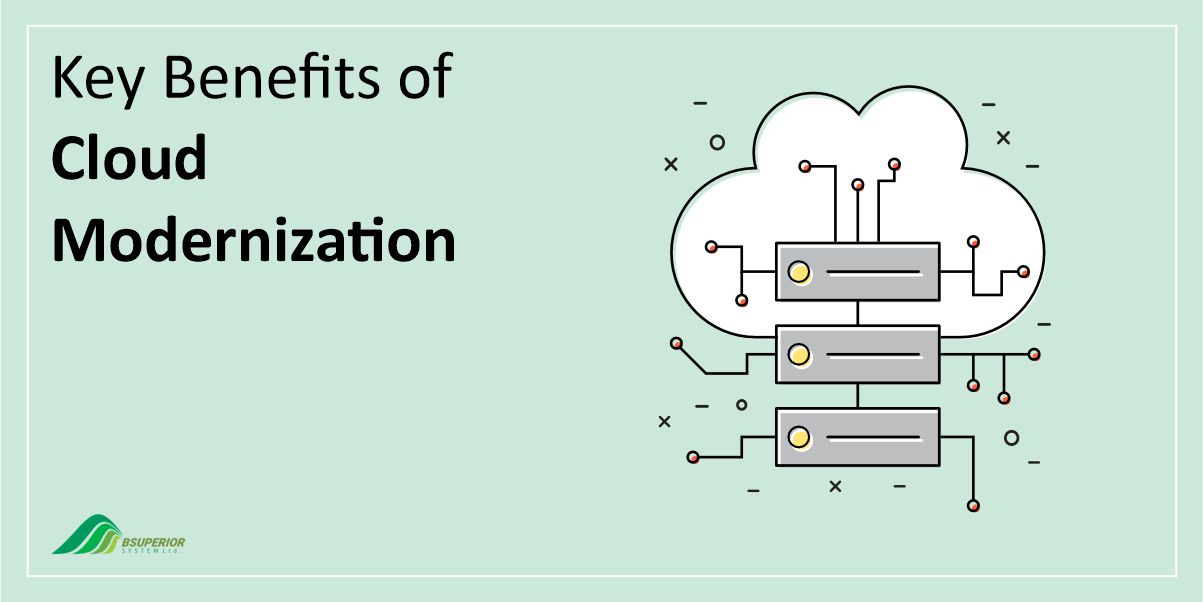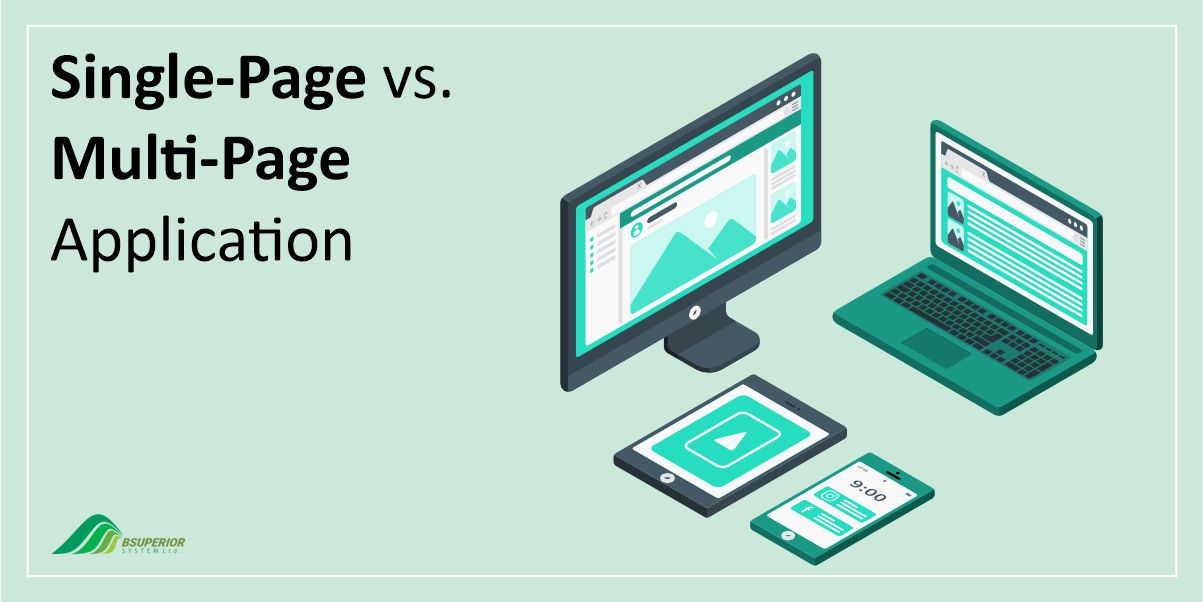ERP vs. EPM: A Comparison of Features, Functions, and Benefits
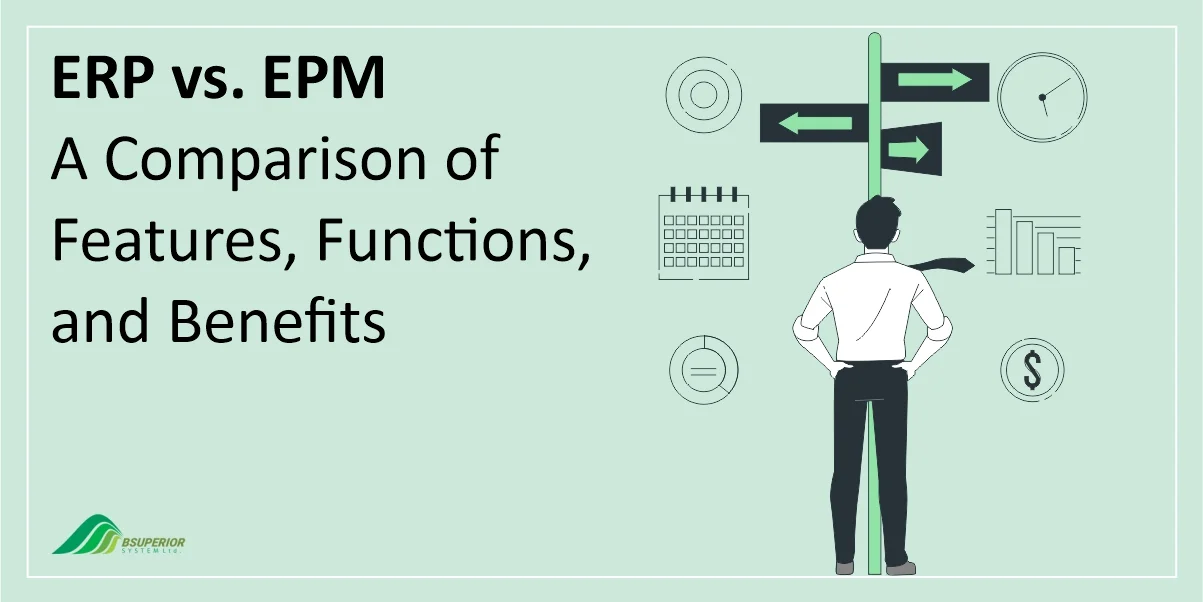
In today’s dynamic business landscape, organizations are constantly seeking ways to optimize their operations, enhance decision-making, and achieve strategic goals. Two critical software solutions, ERP and EPM, play a pivotal role in this endeavor.
If you’re thinking about an enterprise software implementation, you might wonder if you should go for ERP, EPM, or both. In this blog post, we’re going to provide you with all the information you need to make the decision.
What is ERP?
Enterprise Resource Planning (ERP) is a software system that allows businesses to handle data from different areas, like accounting, procurement, and human resources.
An ERP makes it easier for an organization to simplify and unify its processes, and it keeps data from various business activities in one place.
For example, ERP software tracks materials from the purchasing stage through production to the final product that is paid in full. ERP helps the organization determine the best ways to use available resources within the company on a daily basis.
ERP systems were mainly used by big organizations in the past, but now they are used by many businesses of different sizes.
Read more: ERP VS. MRP: How Do They Differ?
What is EPM?
Enterprise Performance Management (EPM) is the set of business practices, processes, and tools that enable organizations to better plan and assess their strategic goals and tactical execution to measure the performance and success of the organization.
An EPM system uses tools to track, analyze, and manage the performance of the organization, especially in terms of evaluating and allocating resources. It is used to help management improve performance and maximize returns from its investments.
EPM software is designed to help the enterprise define objectives, develop and execute plans, and make changes needed through regular reviews of results.
ERP vs. EPM: Main Features
ERP Main Features
ERP provides organizations with many tools and features, including:
- Accounting: Track company income and expenses with modules for a general ledger, payroll, and accounts payable and receivable.
- Budgeting and Forecasting: Create detailed financial plans and manage budgets by departments.
- Customer Relationship Management (CRM): Build relationships with customers using tools for contact management, conversation history, and invoice generation.
- Human Resources: Manage current employees and simplify the new hire onboarding process.
- Inventory and Supply Chain Management: Manage the movement of inventory from raw materials to finished products.
EPM Main Features
The following features of EPM help enhance company strategies for long-term success by using reliable data analysis to guide better decision-making:
- Budgeting and Forecasting: Plan effective budgets based on precise forecasting methods.
- Performance Management: Monitor KPIs to ensure the company is aligned with business goals.
- Modeling: Use strategic and tactical planning methods that enable companies to create detailed models.
- Risk Management: Forecast and plan for “what-if” scenarios to reduce potential risk.
ERP vs. EPM: The Key Differences
Let’s look at some of the main differences between these two types of systems.
- Areas of Focus: While ERP mainly deals with transactional data, EPM deals with managerial data.
EPM enables users to understand how their financial and operational performance is linked to their overall business performance and suggests changes they should make to improve both. - Operating Scope: ERP solutions have a broader scope than EPM solutions, which are limited to analysis and planning. Where management-level workers in finance departments tend to use EPM solutions, employees in various departments within a company use ERP solutions.
- Implementation Complexity: Depending on the features you need and your deployment model, an ERP implementation can take years to finish.
On the other hand, a standard, cloud-based EPM integration requires minimal IT support and usually only takes a few months. For this reason, many companies choose to install an EPM application before they pursue ERP.
However, it’s still common to implement ERP first since the software often includes built-in EPM functionality that may be enough for the organization’s needs. - Scope of Reporting: An ERP solution can perform some amount of management reporting and consolidation. For example, users can access data to create financial statements such as Balance sheets, Statements of cash flow, Income statements, and Financial management reports.
While these functions overlap somewhat with EPM, the latter takes reporting much further. With EPM tools, finance leaders can set initial targets and coordinate financial planning across the organization.
ERP vs. EPM: Overview
While both systems contribute to organizational success, they differ in their functionalities and focus areas. Understanding the nuances of ERP and EPM is essential for businesses to effectively leverage their capabilities and maximize their impact.
| ERP vs. EPM | ERP | EPM |
| Focus | Core business processes | Performance management |
| Scope | Wider scope, including financial, manufacturing, and sales processes | Narrower scope, focusing on financial and operational performance |
| Benefits | Automates and streamlines business processes
Improves efficiency and productivity | Provides insights into business performance
Helps businesses to make better decisions |
| Cost | More expensive to implement and maintain | More affordable to implement and maintain |
ERP Pros
ERP systems are integrated software that can help businesses manage their core business processes. They provide businesses with many benefits, including:
- Improved Efficiency and Productivity: ERP can help organizations streamline their back-office processes and reduce manual tasks, errors, and delays. ERP can also provide real-time data and insights that can help optimize workflows and resources.
- Lower Costs: ERP will enable organizations to save money by eliminating redundant or unnecessary processes, improving resource utilization, and streamlining workflows. ERP can also provide accurate and timely financial reports that can help monitor and control expenses.
- Data Security and Reliability: ERP protects the organization’s data by storing it in a centralized and secure database, preventing unauthorized access or misuse. Moreover, ERP ensures data accuracy and consistency by avoiding duplication or inconsistency across different systems.
- Better Decision-Making: ERP can lead to organizations making better decisions based on data analysis and modeling, and align their strategy with their execution.
- Increased Flexibility and Scalability: ERP allows organizations to adapt to changing business needs and environments by allowing customization and configuration to meet specific requirements.
Read more: ERP VS. CRM: Which is the right one for you?
ERP Cons
While ERP systems offer many benefits, there are also some potential drawbacks to consider before implementing one.
- Cost: One of the main disadvantages of ERP is the initial integration and continuous subscription and licensing fees involved with the technology. Depending on the size of the company, buying, setting up, and maintaining an ERP system can be quite costly.
- Complexity: The complexity of the product creates higher demands for employees that use ERP software development fully. It may take a lot of time and effort to learn even the basics of a resource planning system, and it will take much longer to master all of its features.
- Time-Consuming: It takes time to fully utilize EPR systems. Implementations, training, and adapting to the new solution require a great deal of time and patience. You will only have a significant return on investment after fully understanding the system and how to use it.
- Needs to be Adjusted: ERP software adoption requires careful and precise adjustments, ranging from major customization to fine-tuning. A specific enterprise’s structure must be considered when designing systems, whether ready-to-use or made-to-order.
Note: Please note that a customized ERP can overcome or minimize the drawbacks of generic ERP systems since they can be tailored to suit each business’s specific needs.
By employing a custom ERP software, you can modify the functionality and design of an ERP system to match your current systems. If you are interested in this, please visit our website to see the customized ERP solutions we provide at BSUPERIOR.
EPM Pros
EPM is a system that allows an organization’s leaders and managers to monitor every aspect of the organization’s growth and performance, from planning to analytics.
EPM can provide many benefits for organizations, such as:
- Flexibility: EPM can help organizations adapt to changing trends and environments by using historical data and forecasting to set and adjust goals and metrics.
- Efficiency: EPM also helps organizations perform standard management processes more efficiently, such as budgeting, planning, forecasting, reporting, consolidation, analysis, and profitability.
- Alignment: EPM allows organizations to align their strategy with their execution by connecting financial and operational models and results, and ensuring agreement on the measures and objectives across the organization.
- Insight: EPM can help organizations gain new insights into their performance by using analytics and business intelligence to identify root causes, opportunities, risks, and best practices.
EPM Cons
However, EPM also has some potential disadvantages or challenges. These are:
- Learning Curve: EPM software is not always user-friendly. Employees may find it challenging to learn how to use the system effectively.
- Integration Challenges: Integrating EPM software with existing systems can be a significant challenge. Many organizations have multiple software tools in use for various functions, and ensuring that EPM software seamlessly integrates with these can be a daunting task.
- Ongoing Maintenance: Maintaining EPM software is an ongoing process. Regular updates, bug fixes, and improvements are essential to keep the system functioning at its best. This maintenance requires time, effort, and additional costs, adding to the overall ownership expenses.
Note: Keep in mind that these shortcomings will be resolved to a great extent if you utilize a customized EPM solution as part of a custom ERP.
Learn more: ERP VS. Accounting software
Which System is the Right One For You?
Even though these differences exist, ERP and EPM solutions complement each other. Both aim to improve efficiency, reduce risk, and enhance performance. Many businesses implement software to further automate ERP and EPM functions.
While ERP is primarily focused on transactional data, EPM is primarily focused on managerial data. ERP enables efficient transaction processing. On the other hand, EPM enables faster and more accurate financial and management reporting, planning, and forecasting.
The relationship between the two systems is cause and effect; how your company uses an ERP determines the metrics your EPM measures.
So which one is the right one for your company? The answer depends on your business needs and goals.
If you want to improve your operational efficiency, reduce costs, and increase productivity, you might want to consider an ERP solution. If you want to improve your strategic planning, optimize performance, and increase profitability, you might want to consider an EPM solution.
Or you might want to consider both, as they can work well together to provide a comprehensive view of your business.
Which One Should You Implement First?
In both cases, whether you first implement ERP or EPM, the goal is to have integration and alignment between the ERP and EPM solutions. This will enable efficient transaction processing as well as faster, more accurate financial and management reporting, planning, and forecasting.
The natural tendency in both scenarios above is to focus on the ERP upgrade first, re-engineering core financial business processes and often revamping the chart of accounts and organization structures as part of the project.
However, ERP upgrades and implementations typically take 6 – 12 months. Moreover, they can cause chaos in a company’s financial and management reporting capabilities during the process.
On the other hand, implementing a new EPM solution – before doing the ERP upgrade – is a viable way to quickly improve financial and management reporting. It also provides end-users with a stable, consistent platform for reporting, as well as budgeting & planning, during the ERP upgrade.
Most modern EPM solutions can integrate data from a variety of ERP systems and bring flexible, powerful, multidimensional reporting and analysis capabilities that shorten reporting and planning cycles and improve decision-making.
EPM implementations are typically much shorter than ERP implementations – in fact, they can be as short as 3 months for cloud-based EPM solutions.
As part of this process, the organization can design and implement a corporate chart of accounts and reporting hierarchies that meet current and future business needs. These also can be aligned with current and future ERP systems.
Finance organizations considering ERP and EPM system upgrades or replacements should plan these projects carefully. They should use this opportunity to improve core financial processes. They should take an approach that will minimize disruption to financial and management reporting.
Many companies have found that upgrading or replacing their EPM systems, before an ERP implementation, effectively minimizes disruption and can drive the design of the underlying ERP systems.
When to Choose ERP
ERP is a good choice for businesses that:
- Need to automate and streamline their core business processes.
- Need a single, integrated system to manage all of their data.
- Are complex and have a large number of transactions.
- Have a global presence and need a system that can support multiple currencies and languages.
When to Choose EPM
EPM is a good choice for businesses that:
- Need to improve their performance management capabilities.
- Need to integrate data from multiple systems to get a complete view of their performance.
- Want to improve their decision-making process.
- Want to improve their budgeting and forecasting.
- Want to track their progress towards strategic goals.
Final Words
Regardless of your business process background, it is always a wise decision to plan your EPM and ERP system upgrades or replacements very carefully. Adapting to either of the two software systems is your organization’s opportunity to improve core processes.
We value your input and believe this content may enhance our services. However, it's under review. If you see room for improvement, please use the "Report an issue" button below. Your feedback helps us excel.
Contact us today at –– and speak with our specialist.

